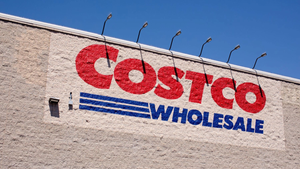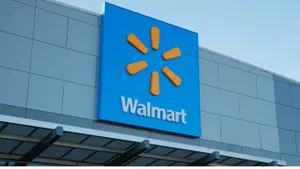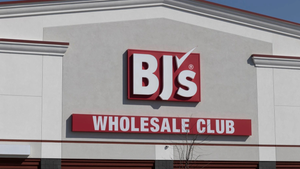PRICELINE.COM BRINGS "NAME YOUR PRICE" TO SUPERMARKETSPRICELINE.COM BRINGS "NAME YOUR PRICE" TO SUPERMARKETS
STAMFORD, Conn. -- Priceline.com here plans to bring its "name your own price" Internet strategy to the grocery arena on Nov. 1, in a move that participating retailers hope will boost store traffic and market-basket size.However, some industry observers are skeptical that the strategy used for selling discount airline tickets can generate the same kind of enthusiasm among consumers, when the reward
September 27, 1999
KIM ANN ZIMMERMANN / Additional reporting: CAROL ANGRISANI
STAMFORD, Conn. -- Priceline.com here plans to bring its "name your own price" Internet strategy to the grocery arena on Nov. 1, in a move that participating retailers hope will boost store traffic and market-basket size.
However, some industry observers are skeptical that the strategy used for selling discount airline tickets can generate the same kind of enthusiasm among consumers, when the reward is a few cents off a can of peas.
But as the on-line grocery arena becomes more crowded, industry sources say retailers may be more willing to experiment with new ways of reaching customers on-line, especially if the on-line customers will have to make a trip to the store -- as will be the case with Priceline -- which could lead to additional sales.
More than 600 supermarkets in the New York metropolitan area will participate in the initial program, including those under the banners of A&P, Waldbaum's, King Kullen, Shop Rite, D'Agostino Supermarkets, Gristede's, Sloan's, Super Fresh and Food Emporium. Manufacturer participants have not been named.
The initial launch is limited to the New York area, but company officials said they expect to roll out nationwide over the next 15 months.
"Grocery shoppers will love this," stated Walter D'Agostino, vice president of merchandising for D'Agostino Supermarkets, Larchmont, N.Y. "You name your own price, and that's the price you pay in our store. It's a whole new way to save money on groceries."
The advertising support behind the project -- $25 million this year and $45 million next year, according to Priceline officials -- was also an incentive to get involved, retailers said. "They're investing a lot of money in marketing, and we think that can only be good for us," said Nick D'Agostino III, vice president of corporate administration for the retailer.
Jay S. Walker, founder and vice chairman of Priceline.com, said an important part of the strategy was to include the retailer in the process.
"The retailer holds the high ground with the customer. The customer likes the process of going to the store. Shopping is an American passion. We're not looking to replace that," Walker said.
Consumers will be able to name a price on more than 140 products, including meat and poultry, snacks, cereal, pet food, and home and health products. Users will be prompted to choose two or more competing brands for each product they pick. Priceline officials said it would take about a minute to process the information to see if the consumer's bid is accepted. If one of the manufacturers accepts the bid, the order is charged to the customer's credit card and they pick the items from the shelves at a participating retailer. Consumers are guaranteed that item prices won't be higher than posted prices in the store or prices available through store frequent-shopper programs.
The site will be operated by a privately held startup company, the Priceline WebHouse Club, which has licensed Priceline's technology. Customers will access the site through Priceline's home page, www.priceline.com.
Analysts say retailers involved in the site may be looking to Priceline as a way to build their on-line customer base without cannibalizing store traffic.
"There is a lot of competition in on-line retailing, and some retailers may view this as another way to get involved with on-line selling," said Mike Shinall, managing director of Meridian Consulting Group, Westport, Conn. "And if done properly, it could drive business to the stores and be successful for both the retailer and the manufacturer. We really don't know how this is going to evolve at this point."
Ray Dirks, an analyst with Security Capital Trading, New York, said he doesn't see it as a good approach for retailers or manufacturers. "I'm not overly excited about it. It may drive some incremental sales to the retailers, but I really don't think that there is much value for the manufacturers. I don't see much incentive for them to participate. And if the manufacturers don't participate, you don't have the support of the retailers who are looking for incremental business. I think they have done a good job with their travel-based site, but I think this is much more suited to big-ticket items. You can get excited about saving money on airline tickets. It is not as easy to get excited about saving a few pennies on a jar of peanut butter."
Chris Hoyt, president of Hoyt & Co., a Stamford, Conn.-based marketing consultancy, doesn't think there is any benefit for the supplier. He also thinks that consumers might be turned off by the fact that they have to go to the store to pick up their items: "Whoever developed this doesn't understand consumer marketing."
About the Author
You May Also Like




